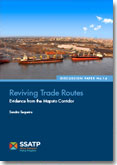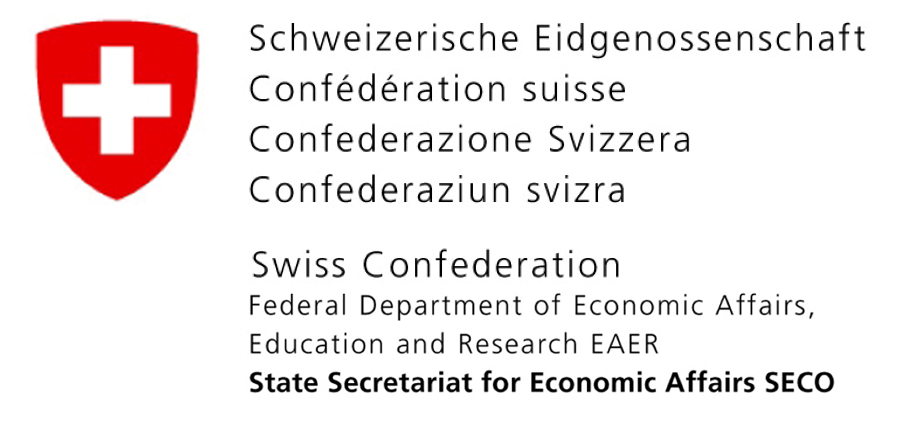Reviving trade routes: evidence for maputo corridor
Sandra Sequeira ,Olivier Hartmann, Charles Kunaka

This new SSATP discussion paper reviews the experience of an apparently successful corridor to help understand optimal mix and trade-offs in reviving historical trade route. The Maputo Corridor, which had fallen in disuse during the troubled period in Mozambique, is widely regarded as one the successful corridors. It has experienced tremendous growth, attracted large industrial and transport investments, and strengthened ties between neighboring countries over its almost two decade long history since the end of the apartheid era in South Africa and the Peace Agreement in Mozambique. What makes the Maputo Corridor ideal as a source of learning lessons is that it has many contrasting facets—it is an established trade route with a development focus, as well as an hinterland corridor, a mining and resource-based corridor—whereas other corridors may have a far less diverse nature. The lessons that can be learnt from the Maputo Corridor thus have relevance for a wider variety of corridors, and can help regional economic communities, countries, corridor users and development partners to better focus their corridor strategies to maximize economic growth.







